
Today we are celebrating National Intern Day! Our Catalyst 2023 summer interns have proven to bring enthusiasm, eagerness to learn, and fresh perspective to our workplace, and we are happily recognizing their value and contributions to our team.
Our 6 interns span a variety of functions within our organization.
Introducing our Catalyst 2023 Summer Intern Team:
- Sam Summers – Marketing and Branding Intern
- Jeremy O’Connell – Financial Analyst Intern
- Kayla Schroeder – Marketing and Design Intern
- Cara Verzoni – Market Research Intern
- Andrew Smith – Software Engineering Intern
- James Dempsey – Software Engineering Intern
At Catalyst Consulting Group, our team members actively learn from one another, regardless of years of experience and titles. This National Intern Day, we realized an opportunity to support the crucial role that mentorship can play in shaping the careers of young professionals.
With our continual growth, we have prioritized onboarding experienced leaders who can apply their knowledge, expertise, and strategic thinking to provide valuable guidance and mentorship throughout our organization. Our most recently hired senior leaders, Denise Horton, Adrian Buckley, and Stephanie Perrin, have filled our director-level team. As they have come into their roles, we have witnessed their efforts to progress the growth and development of their respective practices, as well as our young talent.
This week, our intern team prepared a series of interview questions to lead a conversation with our directors and receive advice as they embark on their careers. We also wanted to hear from the interns – what they have learned, what took them by surprise, and what they are looking forward to in their upcoming post-grad careers. They have given us some thoughtful insight into what their time with our team has taught them. In this feature, we are sharing some of their insights and recapping our director-intern conversation that encouraged personal development and nurturing confidence.
Beginnings and Futures – When You Were in My Shoes.
Our intern team prompted Denise, Adrian, and Stephanie to reflect on their own careers – their paths that brought them to Catalyst, what they have learned along the way, and if they felt there were pivotal, game changing decisions that ensued career, or life lessons.

What I needed to do within my career itself, and within my position at every company I’ve been at – something that was really beneficial for me and what my career now is molded after – is being really comfortable with ambiguous situations where you don’t know exactly what you’re supposed to do, or what’s the best course of action, or how to handle a situation, or where someone hasn’t told you step-by-step instructions for how to do your job.
Reflecting on their beginnings, their college-aged selves, evoked some laughter, and Denise summed it up, “Well, my career started at a crossroads of just not really knowing what I wanted to be when I grew up.”
Although our interns have their sights set on their nearing career aspirations, our directors intimately know what career pivots and redirections feel like.
Considering where her career began, Stephanie shared that she most importantly learned that “there weren’t always instructions, or everything wasn’t clear cut.” She now knows the confidence that she lacked early on and encourages our interns to get outside their comfort zones to foster that necessary confidence.
“What I needed to do within my career itself, and within my position at every company I’ve been at – something that was really beneficial for me and what my career now is molded after – is being really comfortable with ambiguous situations where you don’t know exactly what you’re supposed to do, or what’s the best course of action, or how to handle a situation, or where someone hasn’t told you step-by-step instructions for how to do your job.”
“If you’re proactive and can make something out of the ambiguity, that’s where you can go even further that just the confines of your role.”
This is something that Sam Summers has experienced first-hand in his internship. He provides, “In the classroom a lot of my learning is done by the book or notes teachers have already mapped out ahead of time. What I have realized on the job is there is no rubric or “perfect way” to do a job. Often it requires creativity and new twists on collaborative ideas.”
As for those critical career decisions, the ones that were game changing?
Adrian weighed in, “I think throughout your career, if you’re lucky, you’ll get somewhere between three and five big opportunities to do something special. If you don’t recognize it and you don’t jump on it, you might not see those opportunities in your career again.”
“You might feel very uncomfortable taking that chance and doing it, but I think you have to take those chances to be successful and do something that you love.”
Denise recalls such an opportunity that she was given, a risk.
“I left a job that I absolutely loved, people that I absolutely loved working with, and took a huge leap of faith to go to a company where I knew I was going to be a very small fish in a really giant pond, but it was well worth it.”
She valued the opportunity and believed in what the future could bring with the new offer. Her instincts were spot-on.
Ultimately, Denise says, “I learned so much. I had so many awesome experiences and it led me to the role I have here at Catalyst.”
A New Classroom
A universal, instrumental piece of advice for our interns? Be curious and be committed to learning!
We’re proud to say that our interns have proven that this is a strong priority of theirs.

I have a stronger grasp on asking good questions. In both the classroom and the workplace, there are going to be people around me with more expertise, and maximizing the guidance I can get from them will help me to grow my skills.
Our intern team noticed there are a significant number of differences between the typical classroom learning and what they have learned on the job. Jeremy O’Connell noticed the biggest difference for him as a Financial Analyst Intern is, “…the actual hands on and interaction with live data.” Since coming onto the team, Jeremy has been given the opportunity to dive right into the material he has been studying at school by getting hands-on experience.
Adrian emphasizes the importance of being curious, “In our industry, whether you’re on the marketing side or whether you’re a developer, it moves so quickly. There’s so much happening all the time that if you’re not curious, if you’re not going to look to learn, you’re going to get left behind.”
As our team’s software engineering interns, James Dempsey and Andrew Smith, have embraced not only curiosity, but also mentorship and their new workplace learning environment.
As a result of his internship, James provides, “I have a stronger grasp on asking good questions. In both the classroom and the workplace, there are going to be people around me with more expertise, and maximizing the guidance I can get from them will help me to grow my skills.”
Andrew echoed Adrian’s advice, reflecting, “Being a software engineer requires the skill to be able to learn new technologies while completing your tasks. I use completely different languages and frameworks here at Catalyst compared to school, but having the skill of being able to learn on the job has helped me tremendously.”
Our Catalyst interns have gained confidence. Kayla Schroeder, our Marketing and Design Intern, says, “I have experienced what it feels like to work hard and diligently to meet deadlines and communicate thoroughly with those around me. I also feel that I have become more confident in myself while being supported by a great team!”
Such confidence is paramount according to our director team. Lacking confidence is not foreign to our senior leaders, as they all recall instances where they benefitted from mentorship and advice on honing your role and skillset.
“It can feel like there’s so many people who know so much more than you do, but, when you’re working with clients, you are the expert to them. So, go in with a certain level of confidence in every situation. Then, if you pair that confidence with also being competent at your job, that’s when you feel like you really grow and become a really good employee,” Stephanie shared.
Denise’s secret to gaining confidence? It may seem unconventional or unique. She suggests, “Take an acting class or take an improv class, because there is no better way to get comfortable in your own skin. You’re going to have to present and talk in front of people and feel uncomfortable.”
(Looks like we’ll be adding that to our next intern program agenda!)
As Their Internships Conclude
Whether it was logistical day-to-day advice, such as learning how to prioritize and break down their workloads into manageable sized tasks, checking email first thing in the morning, or more strategic advice on understanding a company’s plans for the future, our director team provided impactful mentorship in their interview. Celebrating National Intern Day not only recognizes the place internships have in our organization, but also the importance of mentorship in the workplace.
The intern team has expressed what such mentorship has meant to them, and we’ll close with their words.
“Catalyst taught me so much about the culture I should look for in my next job. Everyone at Catalyst was so welcoming and willing to help, which helped me feel at home here!” – Cara Verzoni
“I think what surprised me most was the level of communication from top to bottom. In class, they made it seem like there was a direct division between levels, but, since working here, the top of the command chain is always available to talk or ask questions.” – Sam Summers
“I was surprised at how friendly and welcoming the “real world experience” workplace could be. As a college student, we are always told that the “real world” is so overwhelming and serious, but I was very happily surprised at how welcoming, kind, and understanding everyone is here at Catalyst.” – Kayla Schroeder
As their time as interns is coming to an end, we are encouraged by all they have learned and feel strongly about their potential. Interns, we hope you take a moment to reflect on your achievements and the progress you’ve made. Your futures are bright, and we’re happy to be a part of your career stories!



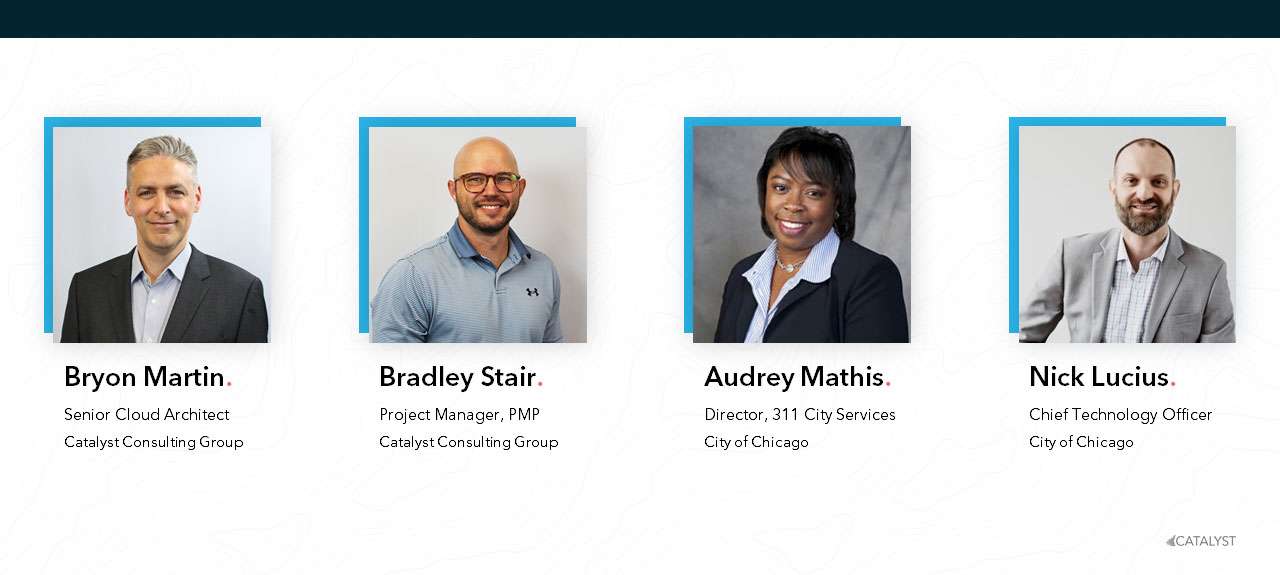
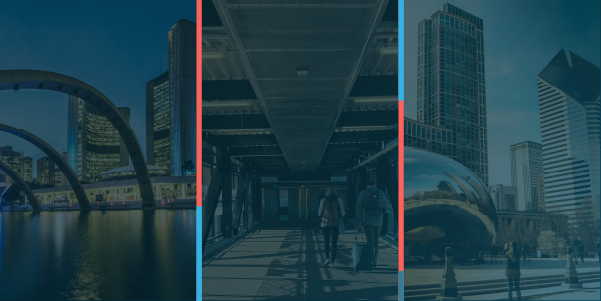
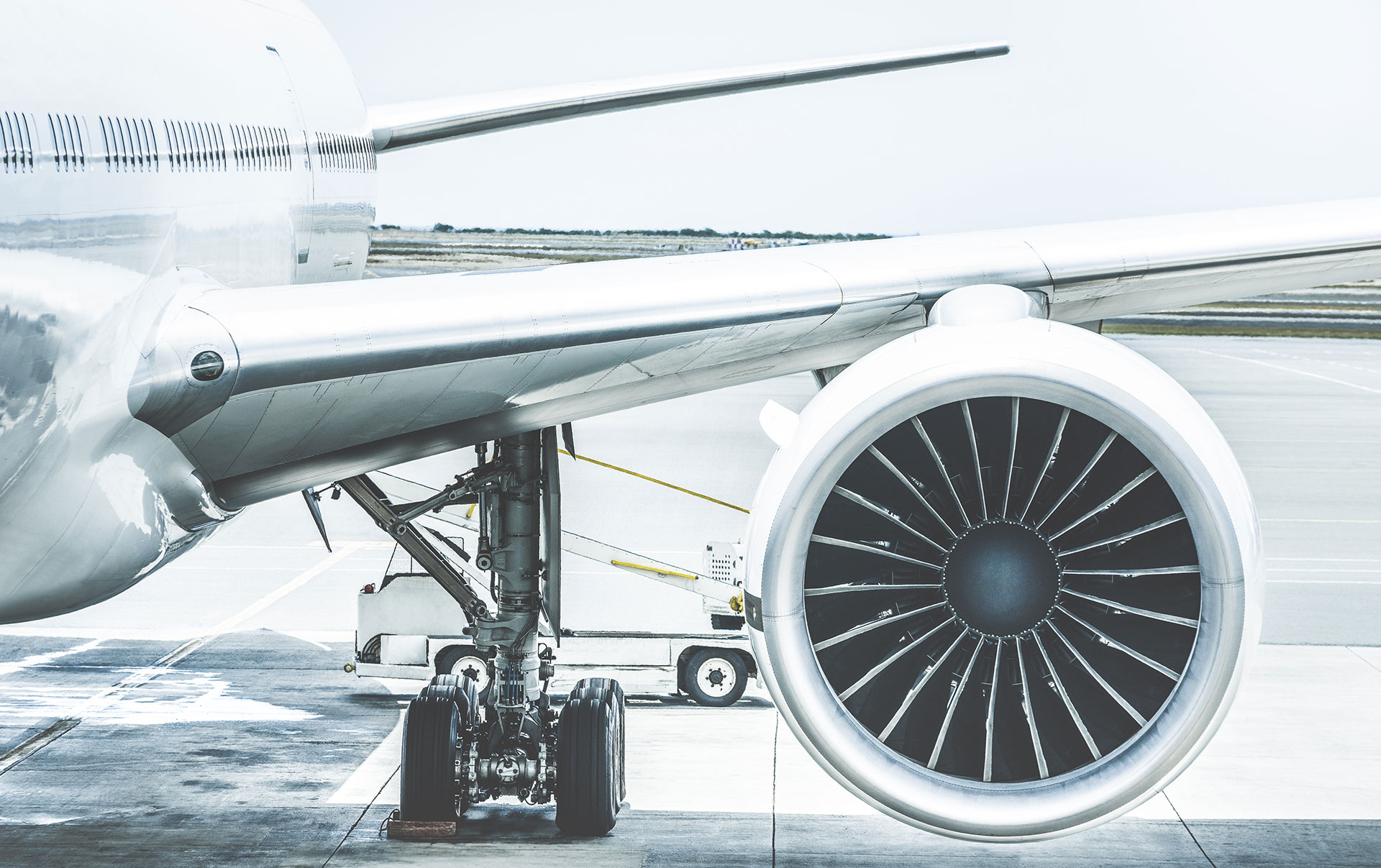

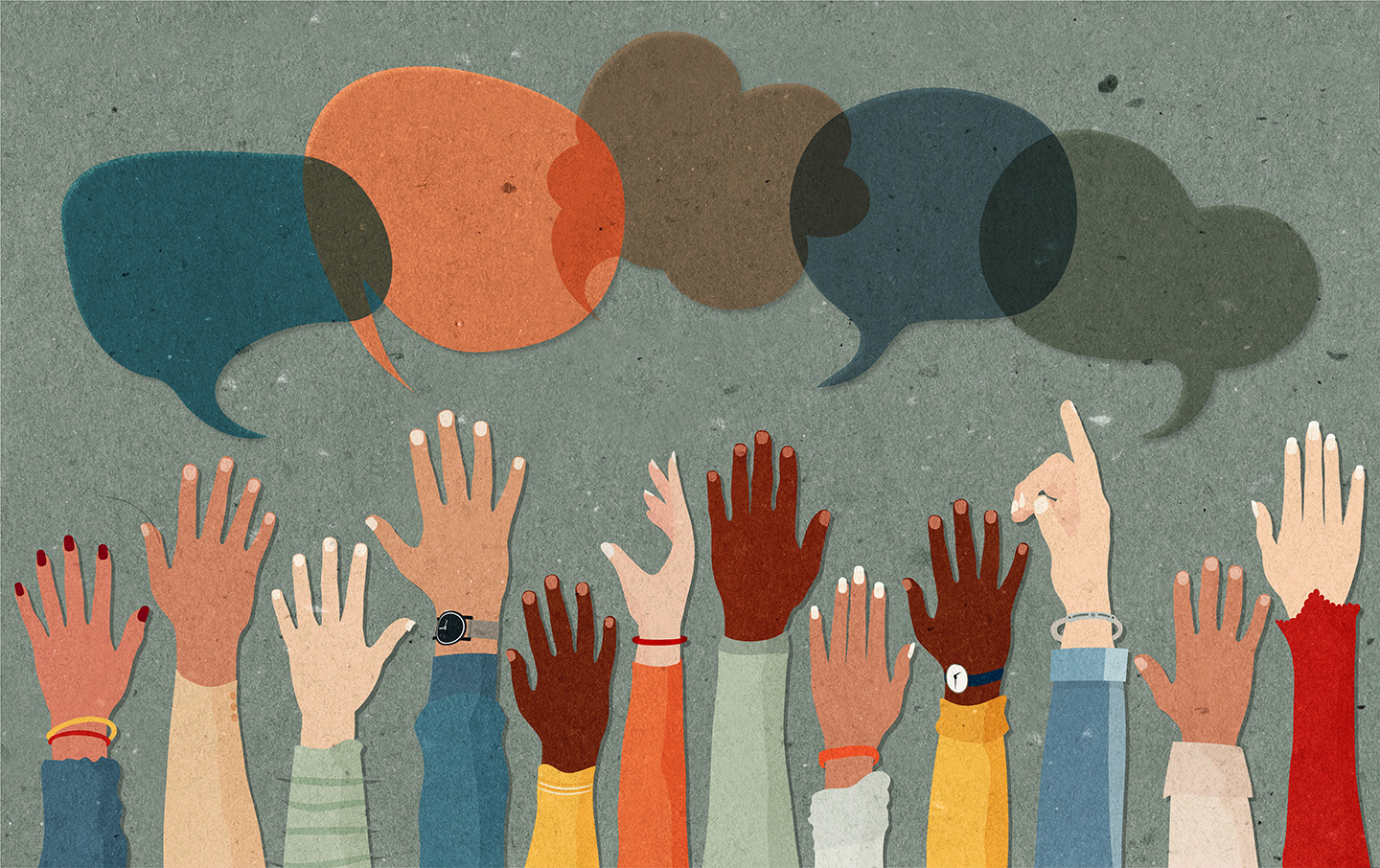



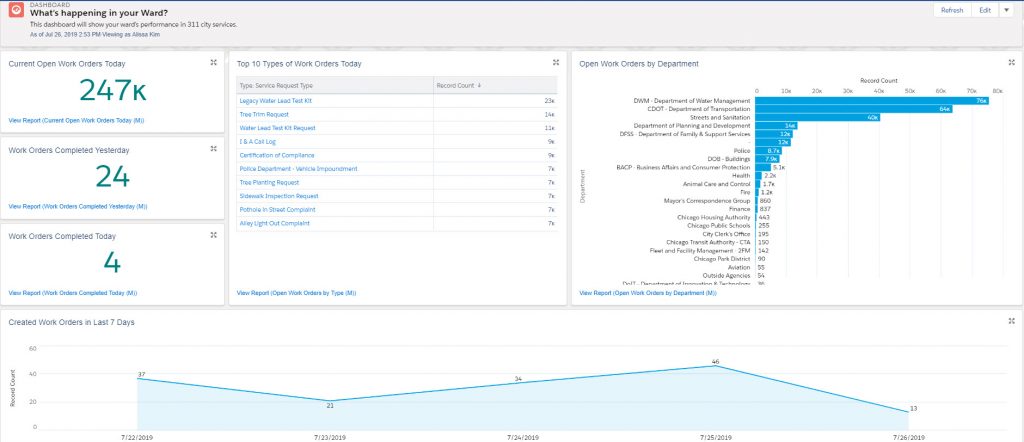
Recent Comments